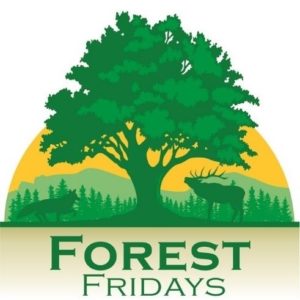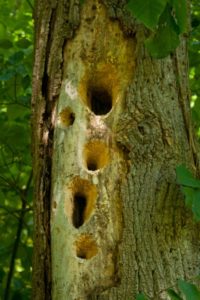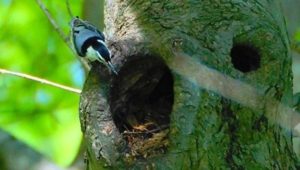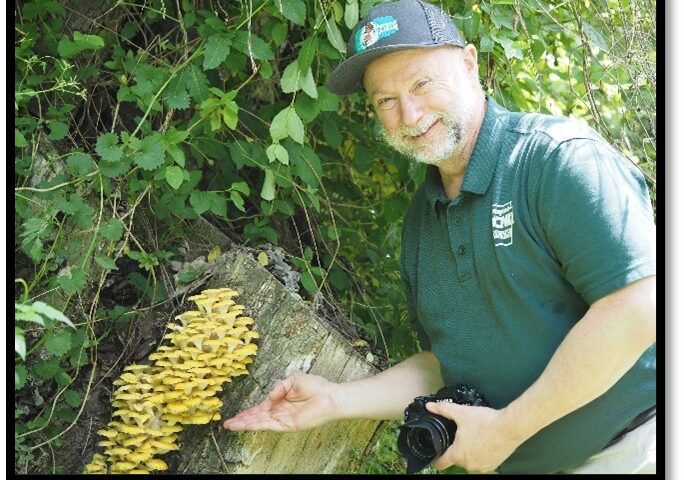
By Ryan Reed
You never want to hear the word “cavity” when you visit the dentist office, but to some birds, cavities are a must-have… tree cavities, that is.
 Tree cavities are hollowed out parts of the tree (usually the trunk) which provide cozy shelters for rearing young nestlings. North America is home to dozens of avian species that utilize tree cavities for nesting sites.
Tree cavities are hollowed out parts of the tree (usually the trunk) which provide cozy shelters for rearing young nestlings. North America is home to dozens of avian species that utilize tree cavities for nesting sites.
As you might expect, those birds best equipped to make cavities- woodpeckers, are typically cavity nesters. Woodpeckers are characterized as primary excavators, meaning that they purposely excavate part of a tree a to make a nest. Members of this group include pileated, downy, hairy, and red-bellied woodpeckers, along with the yellow-bellied sapsucker and common flicker.
Another group of birds that uses cavities for nesting, but are unable to excavate them, are called secondary cavity nesters. These include many species of ducks, like the wood duck, bufflehead, and common and hooded mergansers. Additionally, several types of owls also require cavities for nesting, and thus also claim the title of secondary cavity nesters. Although barred and great horned owls will choose to nest in secondary cavities, secondary cavities are required for nesting eastern screech and northern saw whet owls.
An amazing diversity of other birds of Pennsylvania uses cavities for nesting. Kestrels, merlins, chimney swifts, bluebirds, nuthatches, black-capped chickadees, great crested flycatchers, tree swallows, purple martins, tufted titmice, brown creepers, wrens, and even turkey vultures nest in secondary cavities.
The best trees for making cavities are snags, which are dead trees that are still standing. Their brittle wood is easily chipped away, and often laden with larvae that feed both parents and offspring alike. Even foresters from long ago were keenly aware of the ecological benefit of snags, prescribing a set number of snags per acre. Several northeastern US state agencies recommend anywhere from three to six snags (equal to or greater than one foot diameter) per acre as a general best management practice.

White-breasted nuthatch with nest cavity.
Forest landowners and managers in Pennsylvania probably shouldn’t be too worried about cavity availability considering the current abundance of dead and dying trees throughout the commonwealth due to pests like the emerald ash borer, hemlock woolly adelgid, spongy moth, and a host of others. A silver lining is that even dead trees have value and can become “good cavities.”
Forest Fridays is a feature of the DCNR Bureau of Forestry.




